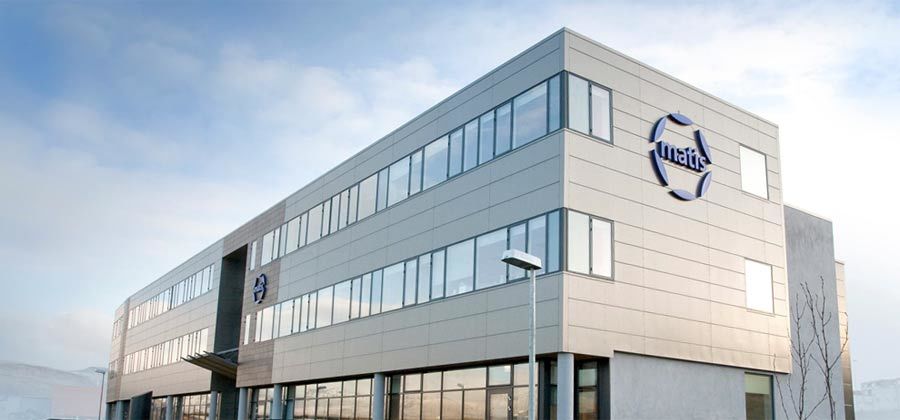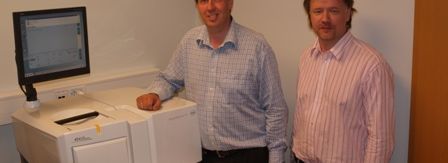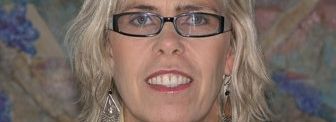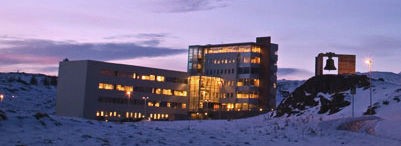Matís – Prokaria recently acquired a Roche / 454 Life Science sequencer. According to Ragnar Jóhannsson, director of Matís' Biotechnology Division, the device can sequence large amounts of genetic material at once and opens up a new dimension in the search for interesting genes for new enzymes that can be used in the pharmaceutical, food and energy industries. This gene is found in microorganisms that live in hot springs at temperatures of up to 100 degrees and at very different salinity and acidity levels, says Ragnar.
Previously, the so-called Gen-Mining method was used, but the new machine reduces the cost of searching for genes almost 20-fold. But the big plus is that all of the organism's genes that code for all of its hundreds of enzymes are obtained in one go. To put capacity in context, the machine sequences 1,000,000,000 base pairs overnight - the existing machine detects 100,000 base pairs at the same time. This is a 10,000-fold difference in capacity. The new device was purchased in collaboration with the Center for Systems Biology at the University of Iceland and the University of Iceland Experimental Station at Keldur
As mentioned earlier, the device is a FLX type from Roche / 454 Life Science and will be used for various researches and will be used, for example, in research in systems biology, which is about analyzing the overall picture of organisms' activities, ie the interaction of metabolism and gene expression. It is necessary to design production organisms that can carry out complex chemical preparations.
The device will also be used in research on higher animals such as the cod genome, in the search for genetic markers and key genes that control important traits such as growth rate and disease resistance.
The device will also be used in gene expression research, which is important in various health and health research studies, such as cancer research and research into inflammatory diseases. It refers to diseases such as rheumatism, cardiovascular disease.
A major advantage of this device over other comparable devices is that it is possible to sequence the genome of unknown bacteria and even a mixture of genomes, which is important in environmental research. In a new article in Nature, there is an interview with well-known scientists in the field where they state that this is the only device in the world today that can do this.
The picture above shows Ragnar (left) and Ólafur H. Friðjónsson by the new sequencer.





